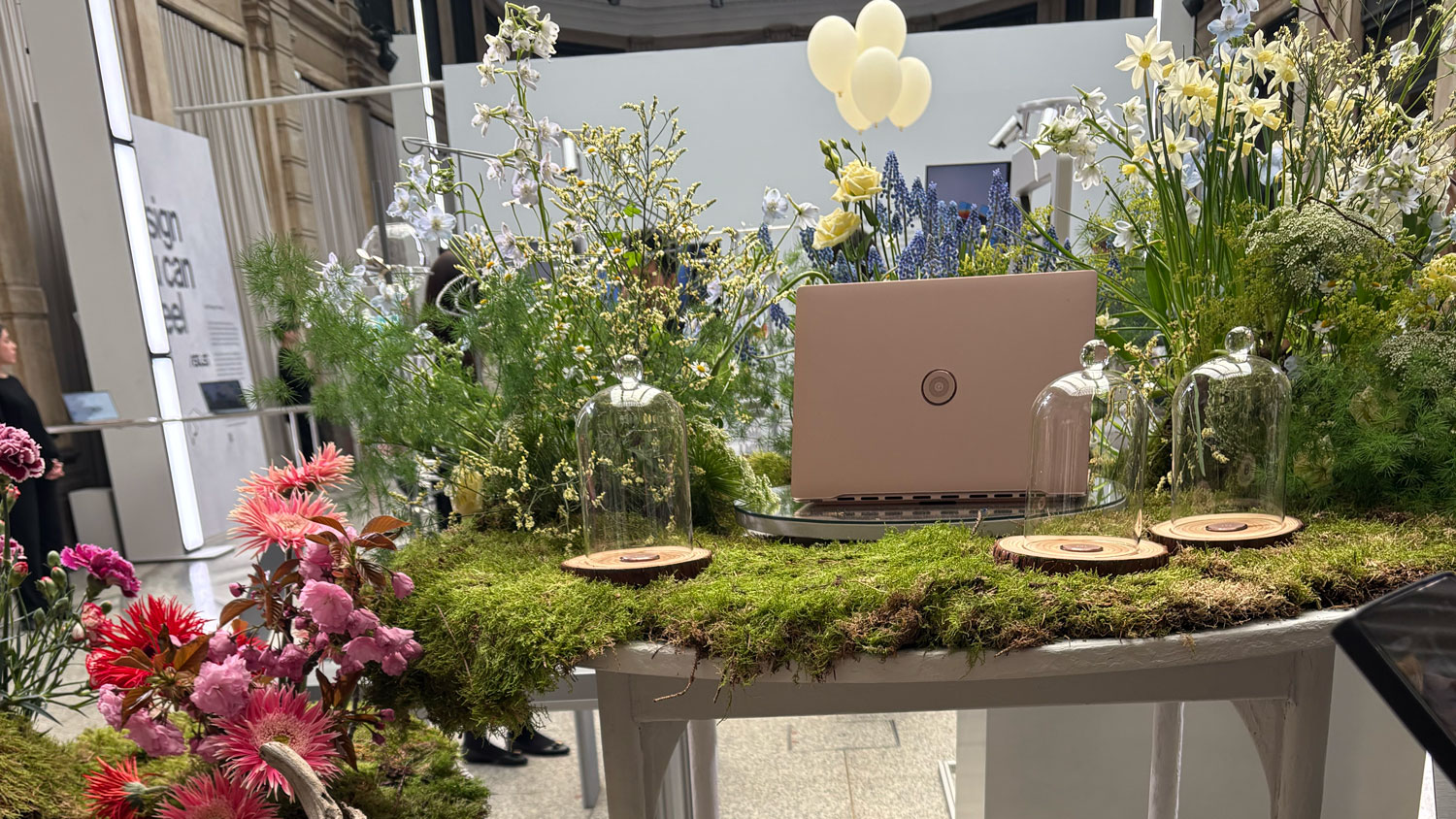How to start a side project: 21 pro tips
Branch out and do your own thing – it could end up becoming your full-time job. Here's how to get started.
Every designer should have a side project. But whether you're developing a world-changing startup, an enterprise to eventually replace your day job, or just something fun, you’ll inevitably be sacrificing your spare time. So it's important to make those precious hours count. How? Here's a series of tips to help you on your mission.
01. Start small and build up
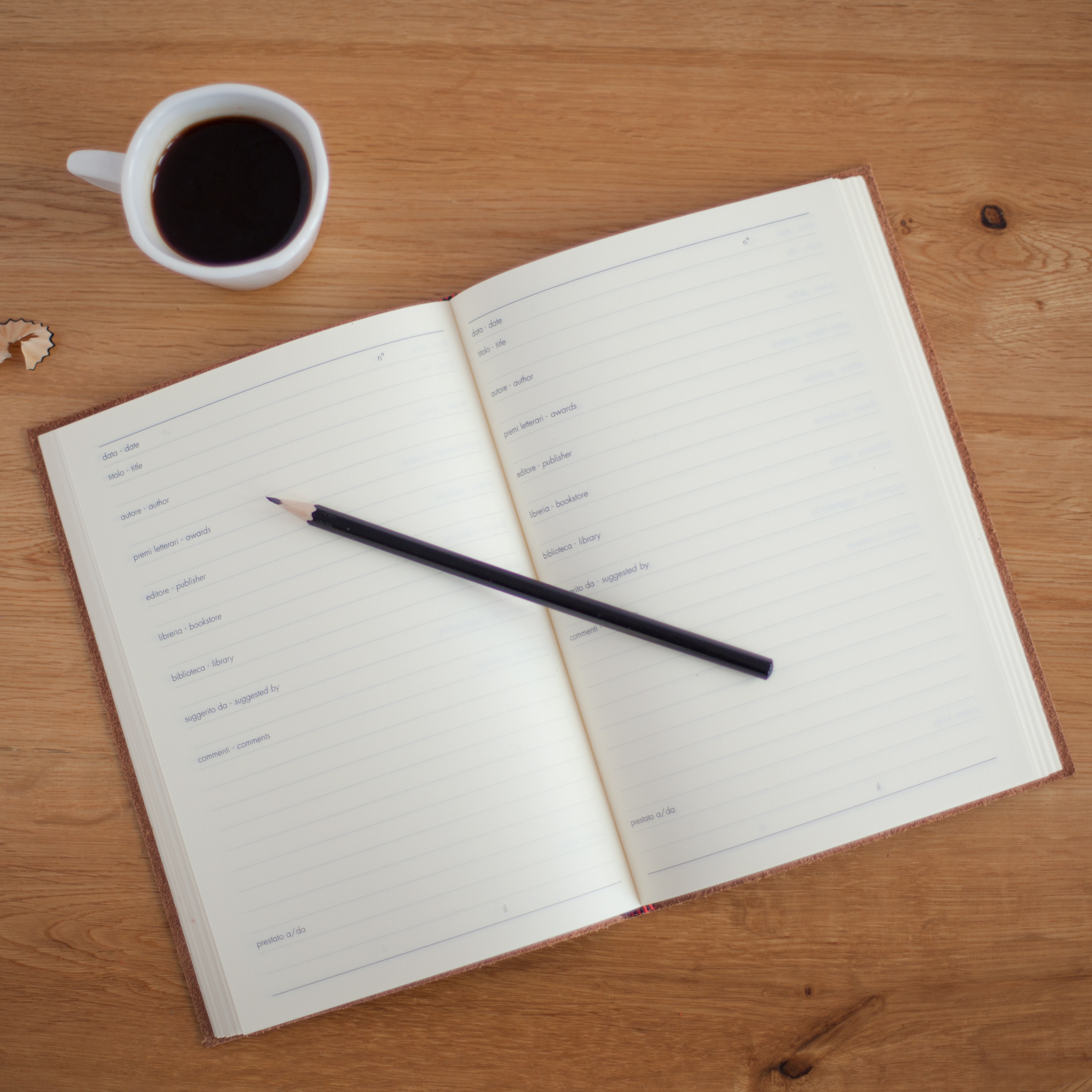
It’s tempting to keep adding features and details to your project because you want it to be perfect from day one. Resist the urge.
It's important not to overcomplicate on your first iteration. Test the water and prove that the idea can work first. Producing the bare essentials and then iterating based on results or feedback is a proven method, plus it keeps any costs manageable.
Focus on your first version, and worry about all the problems that might occur if you’re successful once they're closer to being a reality. For example, you don't need to build your own retail website when you could begin by using Etsy.
02. Follow your passion
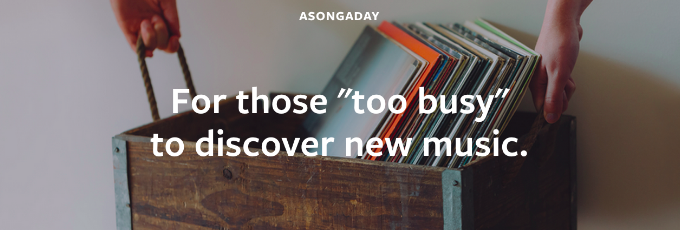
Above all, your side project should be about something you're passionate about. If you have a day job, then it's going to be your free time that's sacrificed. Assuming that this job is paying your bills, you have the advantage of not having to focus on making money with your side project (for now). So it's vital to focus on something you really enjoy.
If you're looking for an opportunity to eventually break from your day job and generate income, don’t let this dampen your passion and guide all your decisions. Focus on great work and the money will follow, otherwise you may be setting yourself up for heartache later on.
03. Learn as you go

Choose something familiar and develop more expertise in it. Your side project might be to learn a whole new skill from the ground up, and this guide should still be applicable. However, if you use this as an opportunity to master something you’ve previously enjoyed and already have some skill in, results will come faster. If these skills are also transferable to your day job, you’ll see a multiplying effect in your advancement.
04. Don't worry about failure
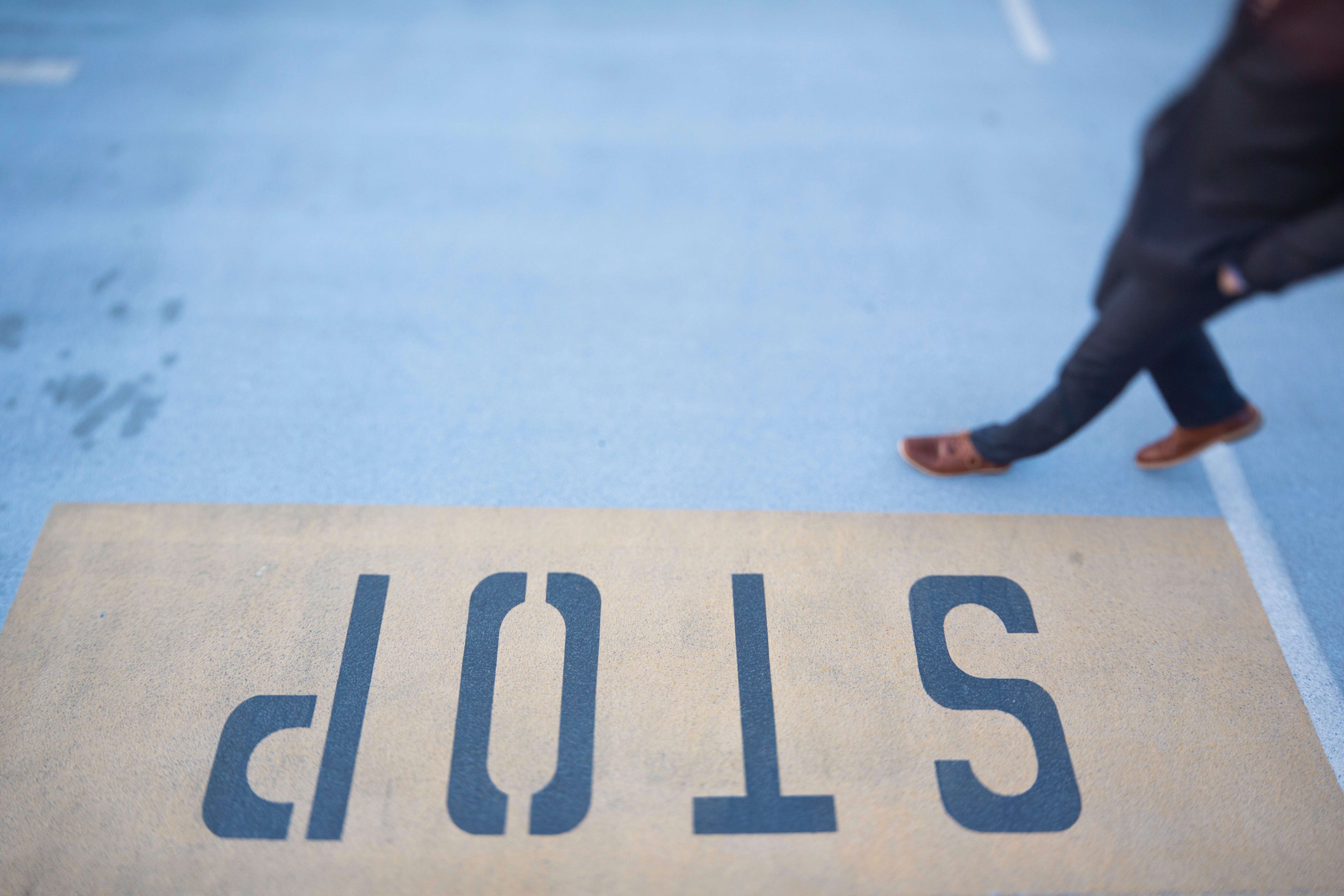
You might find yourself thinking too hard about the details – this can turn into a form of procrastination. Before you know it, you've found 100 reasons not to do anything. Naivety and determination have carried through many successful start-ups. Don’t worry about failure – what else can you absolutely fail at and still get back up and have another go? If your side project fails, simply try again or try another project.
05. Play to your strengths
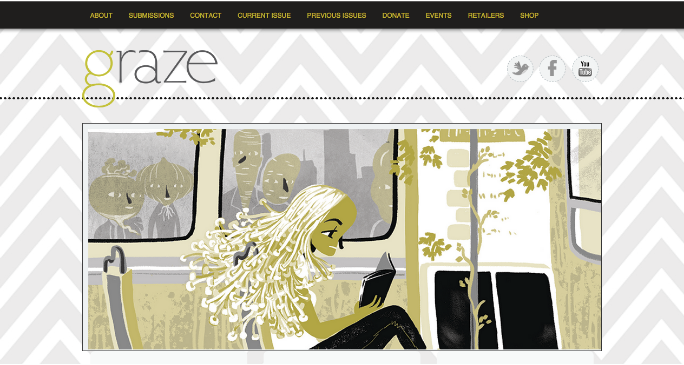
Being a creative means you have likely acquired some instincts that are useful for starting off a successful side project or business. Playing to these strengths will give you a head-start. Let's take a look at a few of them.
Empathy
While producing work for clients, you'll inevitably put yourself in their shoes. To design effectively, you must understand what makes their service or product tick. If you’ve been paying attention you’ll have learnt loads about how other businesses operate and how they generate revenue.
Visual awareness
You make things look great – for a living. Be it branding, packaging, interactive design or illustration, combining this ability with great ideas ensures your project is attractive to customers and supporters.
Focused thinking
You’ve likely experienced working on several projects in parallel and have become adept at swapping your creative thinking from one task to another. This skill ensures that you can give your side project the focus it needs, even when you only have short bursts of time to spend on it.
06. Seek feedback

It can be hard to fully articulate your vision before you’ve started working on it. Talking to people is the best way to cohere your ideas.
07. Ignore naysayers

Listening to feedback doesn't mean you have to take every piece of criticism. Early on there might be people who will deter you and those who think you’re crazy, either because they can’t see the opportunity you’ve spotted or are concerned you might fail.
Believe in your project and don’t be deterred by naysayers. It’s more productive to bounce ideas around with people once you've taken the first few steps and your project is a reality.
08. Don't outlay a ton of cash
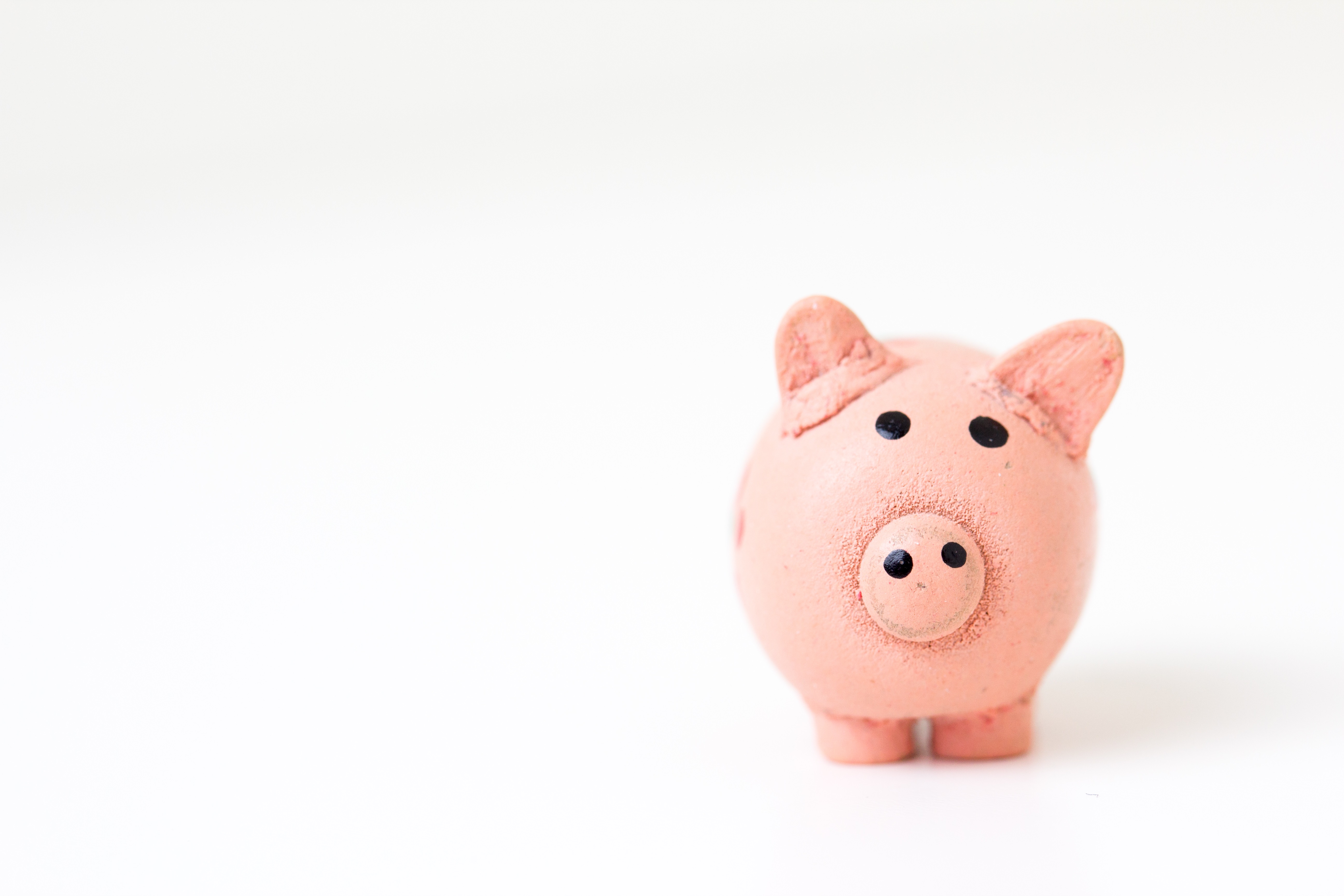
I've been party to this. If you're going to shell out on equipment or software, you’ve really got to be sure your venture will fly. If you later decide that it isn't going to work, then you're stuck with the equipment or a financial commitment. Find innovative ways around the issues; maybe rent or borrow equipment. Inventing a solution will deepen your understanding of the problem.
09. Balance your commitments
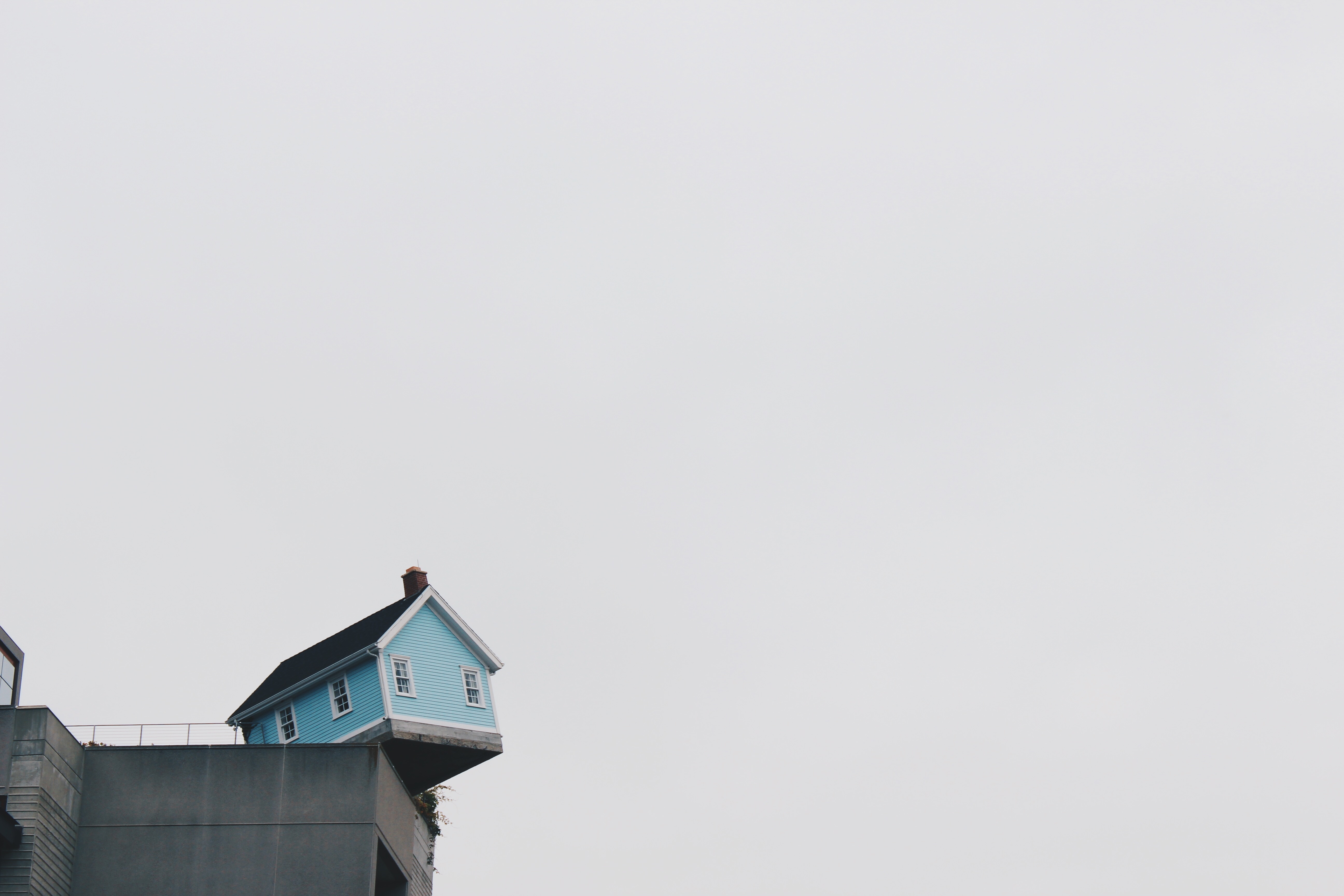
Your day job likely involves deadlines, goals and admin to ensure your work is progressing effectively. You should apply these same high standards and care to your own project work. Don’t treat it like it’s a second-class pastime. Make use of the tools at your disposal to get organised: for example, Evernote for recording ideas; a task list for getting things done; and your calendar to schedule your time. This will also help you maintain focus on your day job and not get distracted.
10. Consider collaboration
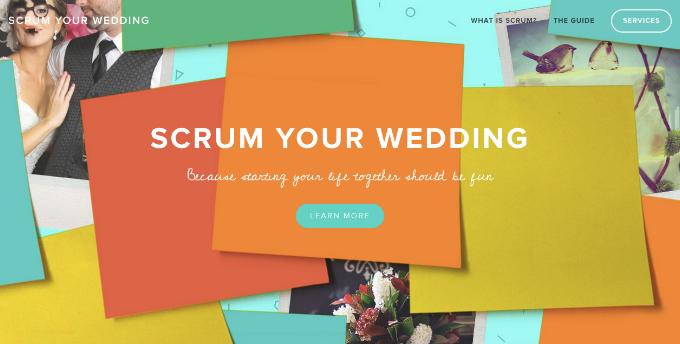
Ask yourself whether your contribution can be completed alone or whether you would benefit from partnering with someone to expand your ideas. You can keep arrangements quite casual and, as things progress, agree some terms in principle.
Next page: More tips for how to start a side project

Thank you for reading 5 articles this month* Join now for unlimited access
Enjoy your first month for just £1 / $1 / €1
*Read 5 free articles per month without a subscription

Join now for unlimited access
Try first month for just £1 / $1 / €1
Get the Creative Bloq Newsletter
Daily design news, reviews, how-tos and more, as picked by the editors.
Jamie Clarke is a Type Designer and Lettering Artist, expertly bridging both fields. Since refining his skills at Reading University in 2013, Jamie has created a growing collection of contemporary typefaces. He unveiled his first font, Brim Narrow, in 2015, followed by his award-winning 3D font, Rig Solid, which became part of Canva’s library in 2018. His lettering projects are known for blending words and imagery to create meticulously crafted illustrations. Notable examples of his work include branding for Kelmscott Bakery and his cover design for The Woman in Black.

